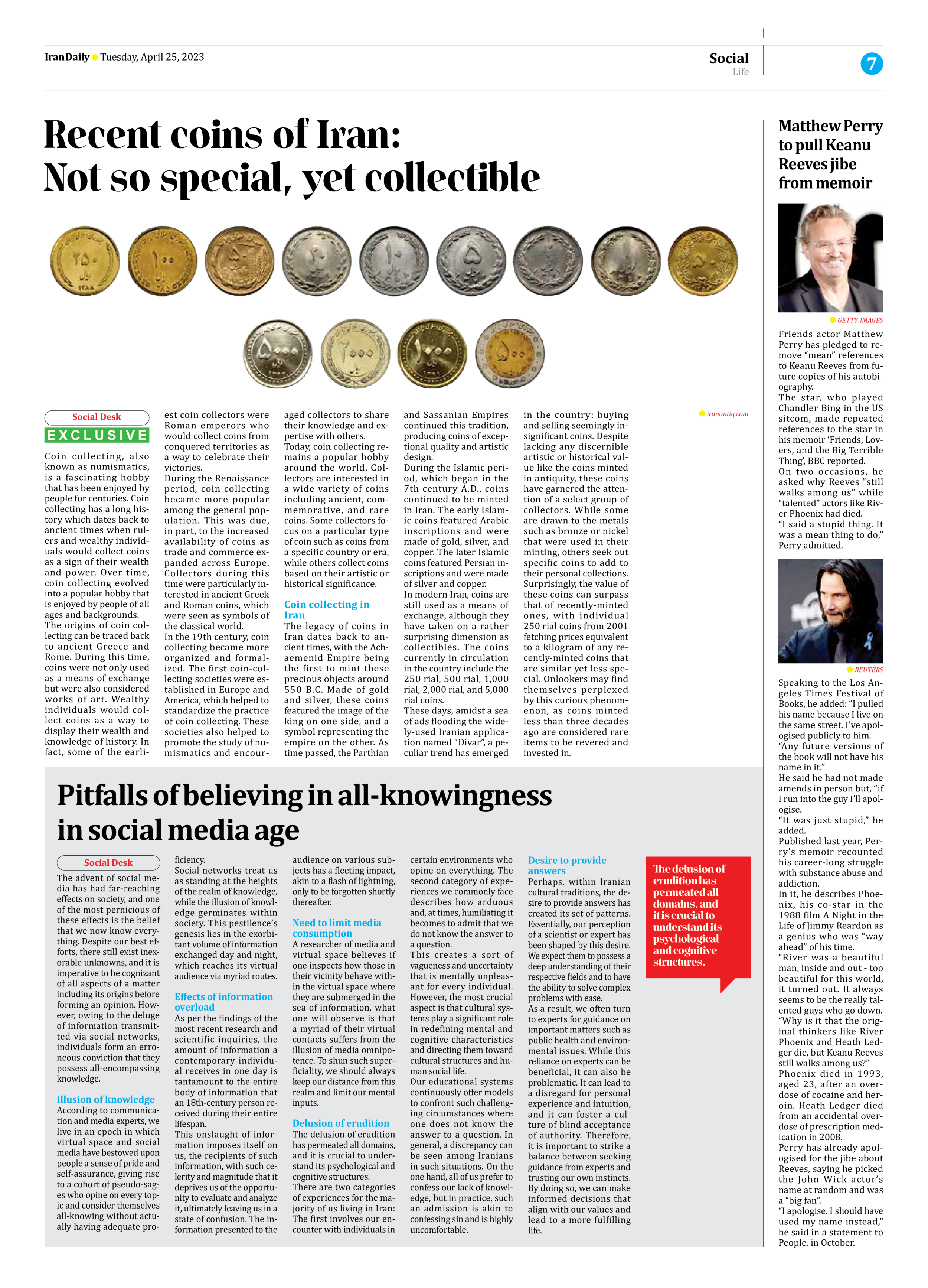
Recent coins of Iran: Not so special, yet collectible
Coin collecting, also known as numismatics, is a fascinating hobby that has been enjoyed by people for centuries. Coin collecting has a long history which dates back to ancient times when rulers and wealthy individuals would collect coins as a sign of their wealth and power. Over time, coin collecting evolved into a popular hobby that is enjoyed by people of all ages and backgrounds.
The origins of coin collecting can be traced back to ancient Greece and Rome. During this time, coins were not only used as a means of exchange but were also considered works of art. Wealthy individuals would collect coins as a way to display their wealth and knowledge of history. In fact, some of the earliest coin collectors were Roman emperors who would collect coins from conquered territories as a way to celebrate their victories.
During the Renaissance period, coin collecting became more popular among the general population. This was due, in part, to the increased availability of coins as trade and commerce expanded across Europe. Collectors during this time were particularly interested in ancient Greek and Roman coins, which were seen as symbols of the classical world.
In the 19th century, coin collecting became more organized and formalized. The first coin-collecting societies were established in Europe and America, which helped to standardize the practice of coin collecting. These societies also helped to promote the study of numismatics and encouraged collectors to share their knowledge and expertise with others.
Today, coin collecting remains a popular hobby around the world. Collectors are interested in a wide variety of coins including ancient, commemorative, and rare coins. Some collectors focus on a particular type of coin such as coins from a specific country or era, while others collect coins based on their artistic or historical significance.
Coin collecting in Iran
The legacy of coins in Iran dates back to ancient times, with the Achaemenid Empire being the first to mint these precious objects around 550 B.C. Made of gold and silver, these coins featured the image of the king on one side, and a symbol representing the empire on the other. As time passed, the Parthian and Sassanian Empires continued this tradition, producing coins of exceptional quality and artistic design.
During the Islamic period, which began in the 7th century A.D., coins continued to be minted in Iran. The early Islamic coins featured Arabic inscriptions and were made of gold, silver, and copper. The later Islamic coins featured Persian inscriptions and were made of silver and copper.
In modern Iran, coins are still used as a means of exchange, although they have taken on a rather surprising dimension as collectibles. The coins currently in circulation in the country include the 250 rial, 500 rial, 1,000 rial, 2,000 rial, and 5,000 rial coins.
These days, amidst a sea of ads flooding the widely-used Iranian application named “Divar”, a peculiar trend has emerged in the country: buying and selling seemingly insignificant coins. Despite lacking any discernible artistic or historical value like the coins minted in antiquity, these coins have garnered the attention of a select group of collectors. While some are drawn to the metals such as bronze or nickel that were used in their minting, others seek out specific coins to add to their personal collections.
Surprisingly, the value of these coins can surpass that of recently-minted ones, with individual 250 rial coins from 2001 fetching prices equivalent to a kilogram of any recently-minted coins that are similar yet less special. Onlookers may find themselves perplexed by this curious phenomenon, as coins minted less than three decades ago are considered rare items to be revered and invested in.







